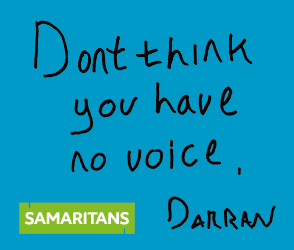I think if you buy the LIDL scope you may well be very disappointed. I would go for better and bigger than that.
If your budget is roundabout those figures then IMHO you'd be far, far better off buying a decent pair of binoculars with a tripod attachment and a sturdy solid tripod. I mean astro binos - that is, they look like big fekk-off binos, the point is a) the bigger the lens, the more light they gatehr and b) the bigger they are, the heavier. Binos are almost impossible to use for any observing without a tripod, and a solid one at that. Lightweight tripods WILL NOT WORK with either binos or a scope, you will just get wobbling and vibrations and will be instantly put off.
The views from reasonable astro binos can be spectacular. Those from cheap telescopes are probaly the biggest reason why beginners quickly give up as
a) they can't see anything (Moon excepted) b) they can't find anything (c) when they do find something, eg Jupiter, if they can get a decentish view at high magnification, the target just quickly leaves the field of view as the earth rotates.
Honestly, with a cheap scope, and limited knowledge, you will get quickly fed up as you will struggle to find anything. Really, trust me on this.
What a beginner needs is probably what they won't get; namely a scope of at least 4", a heavy tripod, a good self-aligning system, and a computerised drive to find things.
rather than talk to you about specific telescope s I will point out the drawbacks, and then finish off by telling you exactly how to avoid them all.
Drawbacks:
When you take your telescope out, the following is required:
1. A flat pitch and to ensure that the tripod mount is perfectly level. That is harder than it sounds, especially on a cold night
2. Alignment. You will need to align the scope so that a vertical line from the centre of the mount points directly at the North celestial pole. Polaris, the pole star, is pretty near to it. Once aligned, then at least as the stars/planets move, you can swing the scope around on the same fixed plane, keeping targets in view.
Motorised scopes have varying standards of alignment, but all are far better than trying to DIY.
3. Finding objects. This is HARD. You need to know
a) what you want to see
b) exactly where it is
c) how to point your scope exactly in that direction
d) that you have found it!
e) then, keeping it in your eyepice as you observe it (because everything moves, all the time)
Motorised scopes take care of this for you. If properly aligned, then the scope will stay fixed on whatever you are pointing at. (Because it will rotate at the same speed as the view)
So, a motorised go-to scope has a hand controller, having aligned the scope, you just tell the hand controller what you want to look at, and off it goes and finds it for you.
i would say the worst things about this type of LIDL scope are probably not the scope itself, but people's expectations. It's not like the glossy colour images in the magazines, and while stargazing with a scope sounds wonderful (and really is!) it's crap if you don't know what to look at, and/or can't find anything.
Your solution, and something you really must do, is find out where and when your local astronomical society meets, and just turn up. This way you will find a bunch of people who will fall over themselves to help you, you'll get the chance to see all their kit and everyone will let you 'have a go'; you can't beat "hands on" experience and knowledgeable and enthusiastic "teachers". Also (and here's a great tip) they will always know of decent scopes for sale at a decent price (amateur astronomers are suckers for buying kit) and it will be a proper scope based on what suits your needs.
Best thing - as winter sets in, it really is the best time to take up stargazing - many months of excellent viewing ahead before the nights start to get shorter.
www.skyatnightmagazine.com/yourfirstscope









